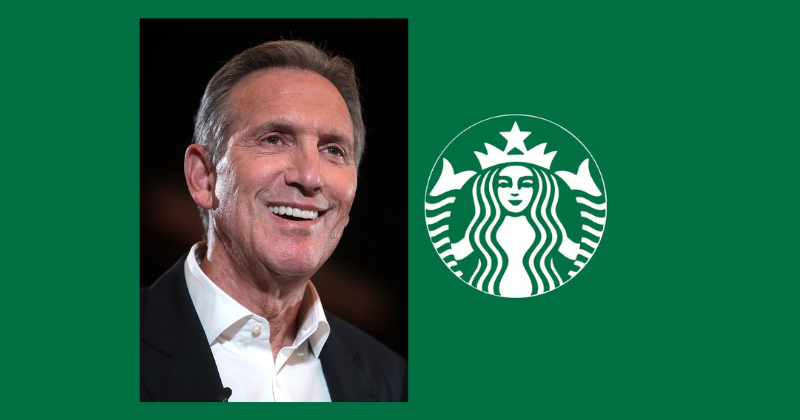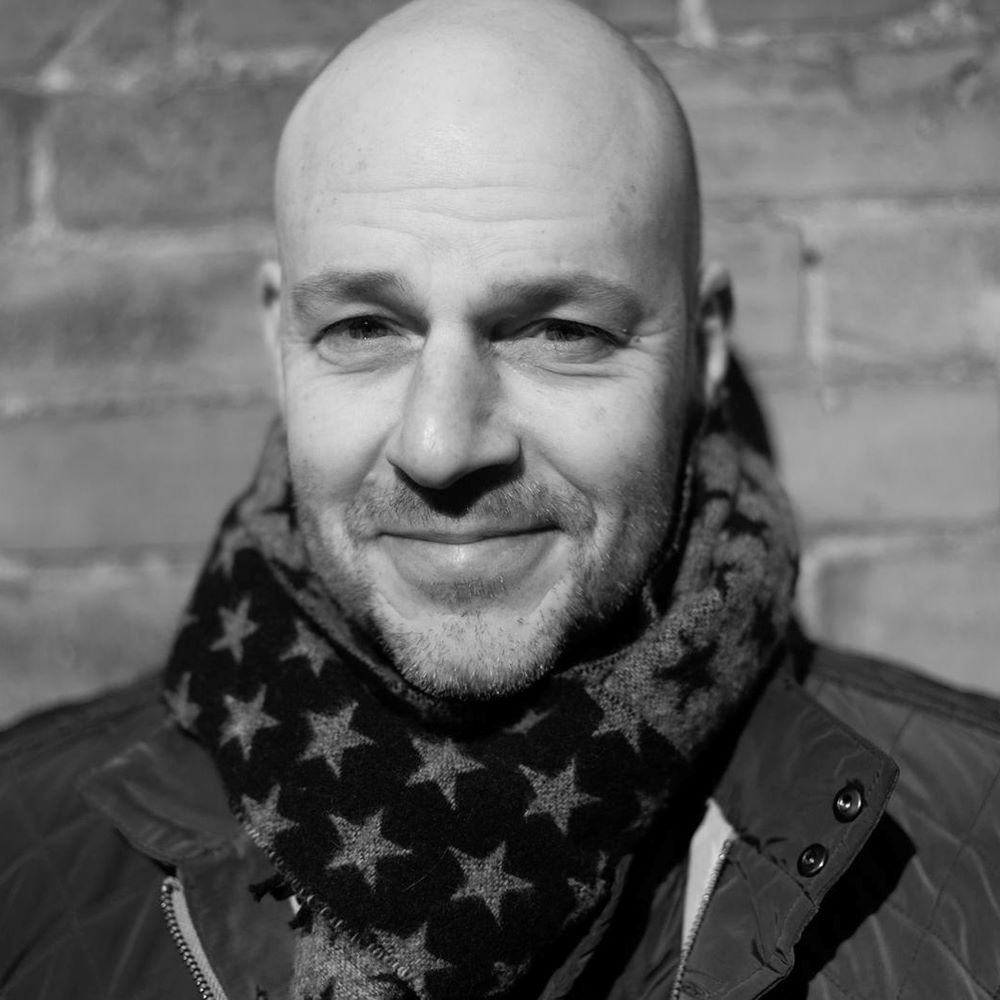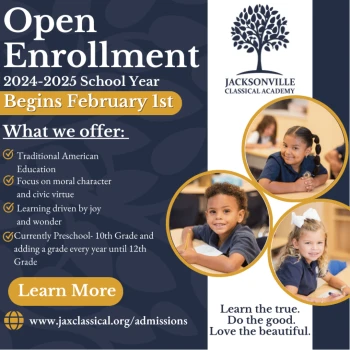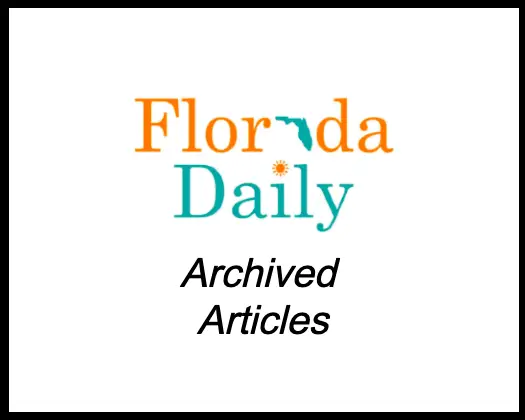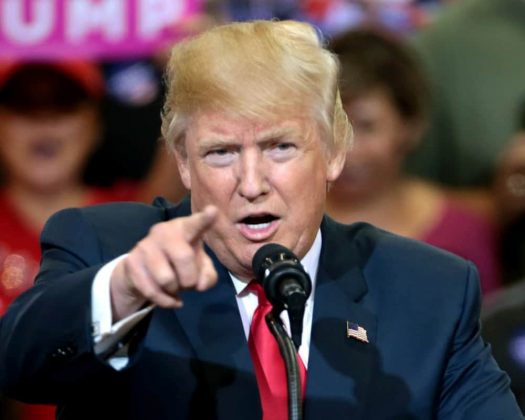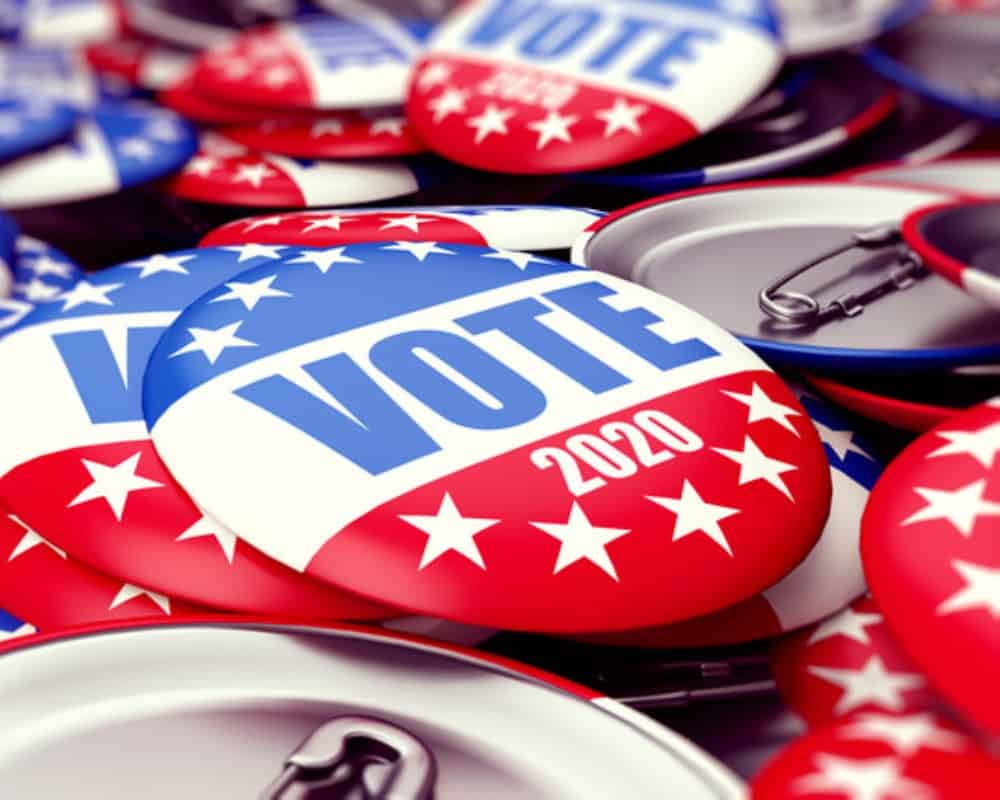Just hours before a vote to subpoena him, Howard Schultz agreed last week to testify about Starbucks’ alleged violations of labor laws before Congress on March 29th.
As I have written about at length in Fortune, Schultz’s apparent war against unions has put the future of Starbucks in jeopardy and destroyed decades of goodwill between Starbucks and its labor force. Instead of Starbucks being the shining star it once self-identified as in how it treated employees, it is now a business school case study of exactly what not to do when your workers want to unionize.
While observers argue that it didn’t need to be this way, it was inevitable that it would be.
Starbucks, the world’s largest coffeehouse chain, has a long history of opposing unionization efforts by its workers. Contrary to the prevailing narrative, this isn’t a bug of Howard Schultz’s second coming as Starbucks tsar; it has always been a feature of the Starbucks operational model.
Here are some key early moments in the company’s history of dealing with unionization. These helped lay the foundation for what has become the well-publicized Starbucks labor war of the past two years:
2004 – Starbucks Workers Union (SWU) formed: In November 2004, a group of Starbucks workers in New York City formed the Starbucks Workers Union (SWU), with the goal of improving wages and working conditions at the company. The SWU was not a traditional union, as it was not recognized by the National Labor Relations Board (NLRB), but it did hold protests and engage in collective action.
2006 – Starbucks files complaint against SWU: In 2006, Starbucks filed a complaint with the NLRB against the SWU, alleging that the union had engaged in unfair labor practices. The NLRB dismissed the complaint, stating that the SWU was not a traditional union and therefore was not subject to the same regulations.
2007 – Starbucks adopts “Partner” language: In March 2007, Starbucks adopted the term “partner” to refer to its employees, in an effort to create a more inclusive and collaborative workplace culture. This move was seen by some as an attempt to discourage unionization, as the term “partner” implied a sense of shared ownership and responsibility between employees and the company.
2010 – Starbucks Workers Union relaunches: In August 2010, the SWU relaunched as the Industrial Workers of the World (IWW) Starbucks Workers Union, with the goal of representing Starbucks workers across the United States and Canada. The IWW is a traditional union, recognized by the NLRB.
2014 – Starbucks CEO expresses support for raising the minimum wage: In 2014, Starbucks CEO Howard Schultz expressed support for raising the minimum wage, which was seen by some as an attempt to address the concerns of workers who were seeking better wages and benefits.
2018 – Starbucks changes policy on scheduling and pay. In response to criticism from workers and labor advocates, Starbucks announced a series of changes to its policies on scheduling and pay in 2018. These changes included providing workers with more predictable schedules and offering paid sick leave to all employees.
Where we find ourselves today is perfectly encapsulated in a response letter from Sen. Bernie Sanders (I-VT) to Starbucks general counsel, Zabrina Jenkins.
Sanders now leads the Senate’s Health, Education, Labor, and Pensions (HELP) Committee and pledged to subpoena Schultz from the time he took the helm. In the above letter, Sanders argues that Schultz has made it clear that he is and will be responsible for setting labor policy at Starbucks, even as he slowly transitions out of the CEO role, and that “The American people are sick and tired of multi-national corporations violating labor laws with impunity.”
What is uncertain is the legal end result of what Schultz will and won’t say before Congress, given that, as Sanders wrote, he is being compelled “to testify about the 80 complaints issued by the National Labor Relations Board against Starbucks for violating federal labor law, the more than 500 unfair labor practice charges lodged against Starbucks and the illegal firing of more than a dozen Starbucks workers.”
As Attorney Michael Epstein observed, “The best legal result here is a good opportunity for the next Starbucks CEO, Laxman Narasimhan, who begins in April, to make positive and tangible strides in Starbucks’ labor relations that would be aligned with the results of Schultz’s testimony.”
But ultimately, as long as Schultz remains a force within the company and remains on the board, the end result won’t be a fundamental change in Starbucks’ policy. Howard Schultz is the self-styled visionary leader behind the growth and success of the company. Having often described his role in the company as that of a “servant leader” who was focused on creating a company culture that valued employees, Schultz believes that defending himself is tantamount to defending the company he built – which is exactly what we should expect in his congressional testimony.
In his book “Pour Your Heart Into It: How Starbucks Built a Company One Cup at a Time,” Schultz writes that he was inspired by the many talented and passionate people he worked with at the company and that his role was to help create a culture that would allow those people to thrive.
For Howard Schultz to admit that there is even a grain of truth in Senator Sanders’ allegations and the Starbucks-focused work of the HELP committee is to discredit the hard work and dedication of the company’s employees and partners as being critical to its success.
Something needs to give.
As Schultz prepares to testify, close to 300 Starbucks stores have now unionized and over 500 unfair labor practice charges have been filed against the company. As the Starbucks servant-leader who continues to fundamentally believe that unions designed to help the company’s workers are a deeply divisive force, Schultz and the company he grew to unimaginable heights are at a dangerous point of inflection.
A Pulitzer Prize-nominated writer, Aron Solomon, JD, is the Chief Legal Analyst for Esquire Digital and the Editor-in-Chief for Today’s Esquire. He has taught entrepreneurship at McGill University and the University of Pennsylvania, and was elected to Fastcase 50, recognizing the top 50 legal innovators in the world. Aron has been featured in Forbes, CBS News, CNBC, USA Today, ESPN, TechCrunch, The Hill, BuzzFeed, Fortune, Venture Beat, The Independent, Fortune China, Yahoo!, ABA Journal, Law.com, The Boston Globe, YouTube, NewsBreak, and many other leading publications.

